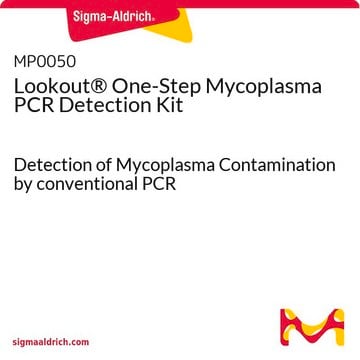The SAMPLE-K quantities vary from product to product and lot to lot. There is no established quantity assigned. These are typically gram quantities intended for use in formulation evaluation, however, some more expensive compounds may contain smaller amounts.
W262701
Levulinic acid
natural, 99%, FG
Sinônimo(s):
4-Oxopentanoic acid, 4-Oxovaleric acid
Selecione um tamanho
Selecione um tamanho
About This Item
Produtos recomendados
grau
FG
Fragrance grade
Halal
Kosher
natural
Agency
follows IFRA guidelines
meets purity specifications of JECFA
conformidade reg.
EU Regulation 1223/2009
EU Regulation 1334/2008 & 178/2002
pressão de vapor
1 mmHg ( 102 °C)
Ensaio
99%
características do produto alternativo mais ecológico
Less Hazardous Chemical Syntheses
Use of Renewable Feedstocks
Learn more about the Principles of Green Chemistry.
sustainability
Greener Alternative Product
índice de refração
n20/D 1.442
p.e.
245-246 °C (lit.)
pf
30-33 °C (lit.)
densidade
1.134 g/mL at 25 °C (lit.)
aplicação(ões)
flavors and fragrances
Documentação
see Safety & Documentation for available documents
alérgeno alimentar
no known allergens
alérgeno de fragrância
no known allergens
categoria alternativa mais ecológica
, , Aligned
Organoléptico
caramel; creamy; acidic; sweet; vanilla
cadeia de caracteres SMILES
CC(=O)CCC(O)=O
InChI
1S/C5H8O3/c1-4(6)2-3-5(7)8/h2-3H2,1H3,(H,7,8)
chave InChI
JOOXCMJARBKPKM-UHFFFAOYSA-N
Procurando produtos similares? Visita Guia de comparação de produtos
Categorias relacionadas
Descrição geral
Aplicação
- Use of carboxymethyl cellulose as binder for the production of water-soluble catalysts.: Levulinic acid is used in conjunction with carboxymethyl cellulose to produce water-soluble catalysts. This application demonstrates the acid′s versatility in catalyst synthesis, enhancing the solubility and functionality of the resulting products (Paganelli et al., 2024).
- Nanocavity in hollow sandwiched catalysts as substrate regulator for boosting hydrodeoxygenation of biomass-derived carbonyl compounds.: This research explores the use of levulinic acid in biomass conversion processes. The study highlights the acid′s role in enhancing hydrodeoxygenation reactions, contributing to more efficient biofuel production (Zheng et al., 2024).
- Mechanism of CO(2) in promoting the hydrogenation of levulinic acid to γ-valerolactone catalyzed by RuCl(3) in aqueous solution.: This paper investigates the catalytic hydrogenation of levulinic acid to γ-valerolactone. The findings provide insights into the role of CO2 in enhancing reaction efficiency, offering valuable information for industrial applications (Min et al., 2024).
- Integrated biorefinery approach for utilization of wood waste into levulinic acid and 2-Phenylethanol production under mild treatment conditions.: This study presents a biorefinery approach to convert wood waste into valuable chemicals, including levulinic acid. The process demonstrates the potential for sustainable production of levulinic acid and its derivatives from renewable resources (Pachapur et al., 2024).
Palavra indicadora
Danger
Frases de perigo
Declarações de precaução
Classificações de perigo
Acute Tox. 4 Oral - Eye Dam. 1 - Skin Sens. 1
Código de classe de armazenamento
13 - Non Combustible Solids
Classe de risco de água (WGK)
WGK 2
Ponto de fulgor (°F)
208.4 °F - closed cup
Ponto de fulgor (°C)
98 °C - closed cup
Escolha uma das versões mais recentes:
Já possui este produto?
Encontre a documentação dos produtos que você adquiriu recentemente na biblioteca de documentos.
Os clientes também visualizaram
-
Quelle est approximativement la quantité de W262701-SAMPLE-K ?
1 answer-
Helpful?
-
-
이 제품의 기원과 제조방법을 알고싶습니다. 이 제품은 어디에서 유래했습니까
1 answer-
Any methods of manufacturing are considered proprietary.
Regarding the origin, a lot specific Certificate of Origin can be supplied by our Technical Service team who can assist you with further. We kindly ask you to navigate to the link https://www.sigmaaldrich.com/techservice, click on "Product Documentation" under the Products Section with all the required information so that a member of our team can reach out to you to assist further. Thank you.
Helpful?
-
Active Filters
Nossa equipe de cientistas tem experiência em todas as áreas de pesquisa, incluindo Life Sciences, ciência de materiais, síntese química, cromatografia, química analítica e muitas outras.
Entre em contato com a assistência técnica
















